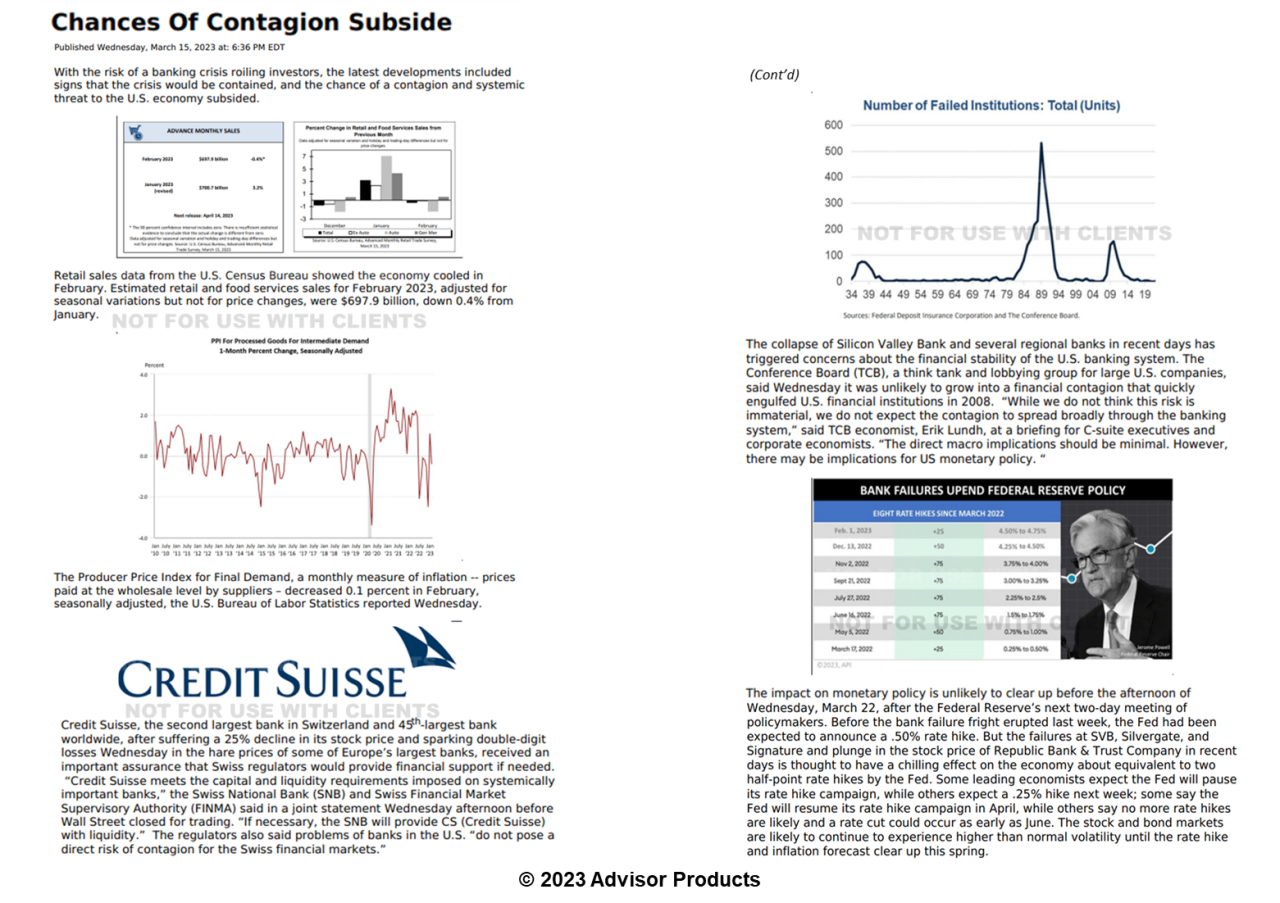- How it works
- Marketing Tools
- Competitive Research
- Finra-reviewed content
- Downloadable Content
- Advisor Education
- Advisor Websites
- Marketing Tips
- Crm Software Integration
- Search Engine Optimization
- Email Marketing Solutions
- Social media Marketing
- Advisor Marketing Videos
- Advisor Print Newsletters
- Advisor Lead Generation
- Expert Market Intelligence
- Branding and Print Materials
- Advisor Blogs
- Advisor Webinars
- Advisor Presentations
- Advisor Client Portals
- Webinars
- Advisor Google And Facebook Ads
- Advisor Public Relations
- About
- Resources
- Login
- Schedule A Demo
Marketing Tips
Search Engine Optimization
Learn the top factors that affect your search listings, tips for website construction, how to develop and organize SEO-friendly content, how to use Google My Business, and the importance of social media on SEO.
Email Marketing Tips
Learn about compliance, how to build your list, get suggestions on how to create a strong cam-paign, master the art of creating a powerful email, get tips on lay-out, learn how to create strong calls-to-action, and get subject line DOs and DON’Ts.
The ABCs of PR Measurement
Although it's been around in one form or another for quite some time, the recession brought increased focus on the measurement of public relations campaigns. Still, it's an area that for many remains murky waters. Given that, I thought I'd spend this column giving readers a brief introduction to measurement and how to incorporate it into their own campaigns.
Before getting into detail about the various ways to measure a PR campaign, it should be noted that we're talking about a subjective concept. In other words, what constitutes a successful PR campaign will differ from one engagement to another or depending on the type of client you're working with. Given that, the best way to incorporate measurement into a PR campaign is from the beginning, before any of the tactical work of the campaign actually starts.
There are any number of metrics that can be incorporated into PR measurement, ranging from media impressions, publication readership or sales leads. However, the increasing popularity of online media give a wide array of other tools that can be used as well, including customized URLs and page views to a client's Web site, as well as comments to a blog or even online sales.
Financial advisors are well acquainted with the term "net new money," which is closely watched in the advisory business. For those who don't know, the term basically connotes the amount of additional funds under management that come into a practice as a result of a specific marketing-related program or a specific sales-oriented initiative. The term "net" simply means that any withdraws are subtracted from any additional inflows before arriving at the figure.
In many ways, this metric is ideal for financial advisors to use in any marketing effort, including PR. However, if you're going to use this method, meticulous detail should be spent in planning the campaign so that it will generate the maximum benefit for your practice. Also, various mechanisms should be built in to track funds received, when possible. For example, if you're publishing a newsletter, designate a customized URL that visitors can use to learn more about a current offering, or even your practice in general. The page views to this specific URL can be tracked independent of anything else you might be doing to give you a broader idea of the campaign's impact. To do this properly, you may want to invest in an analytical measurement tool for your Web site. There are many, including Google Analytics, which is free, although it requires a tiny bit of code to be included on your Web pages, which will probably mean consulting with your Web designer to get that accomplished.
I also can't emphasize enough how important it is to envision who your target is before the campaign is. If you're looking for a particular demographic, plan a campaign that will take your message where they are. Finally, give it some time. Just as Rome wasn't built in a day, you're likely not to see a huge influx of money at the beginning of a campaign. I've had cases where a campaign was an instant hit from the beginning, but in truth, that's harder for advisors than others because a certain amount of time has to be dedicated to differentiating a particular advisor I might be working with from any number of competitors. However, over time, most advisors will find that a PR campaign will include a number of results that will help them cost effectively grow their business.
Questions?
How and why does the Advisor Products system work?
In today’s times, when consumers have become more demanding and tech-savvy, financial advisors must use content marketing to attract, inspire, engage, and convert their prospective customers.
A good content strategy is focused on developing and distributing consistent, valuable content to engage and retain prospective customers and target audience, via your website. Our content library provides financial advisors with fresh, high-quality financial content that is updated regularly, improving SEO along the way. And our automated e-newsletter and social media tools allow advisors to reach out to clients and prospects in an easy-to-use manner, providing frequent touch points for optimal brand building.
- Differentiate you from competitors
- Expose clients and prospects to your brand message more frequently
- Build an ongoing relationship with customers
- Increase your follows and fans on social media
- Drive more prospects to your website
- Help convert prospects into leads
- Increase number of pages indexed in Google
What products and services do you offer?
Can I buy services if my website is not hosted with you?
What can I expect during the onboarding process?
What if I have questions after my website is built?
Seeing is Believing.
See how easy it is to get started with our all-in-one digital marketing platform that drives leads, encourages referrals and increases client engagement.
SCHEDULE A DEMO






